Total Solar Eclipse reports from members (through Randy Enkin).
Astronomy Cafe – Apr 8, 2024
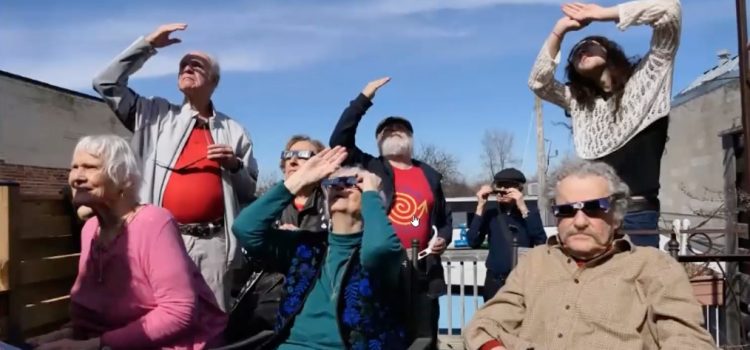


Total Solar Eclipse reports from members (through Randy Enkin).
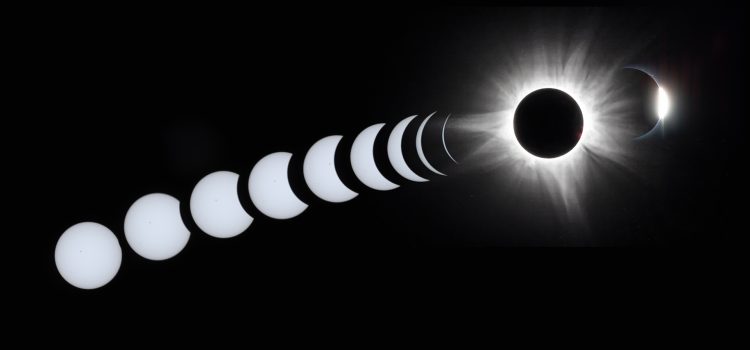
Eclipse Photos by members Reports from our members Southern Ontario – Chris Gainor – blog “…we drove south from Windsor through Amherstberg into the path of totality. Many eclipse chasers in the area were already arriving in Point Pelee Park…we
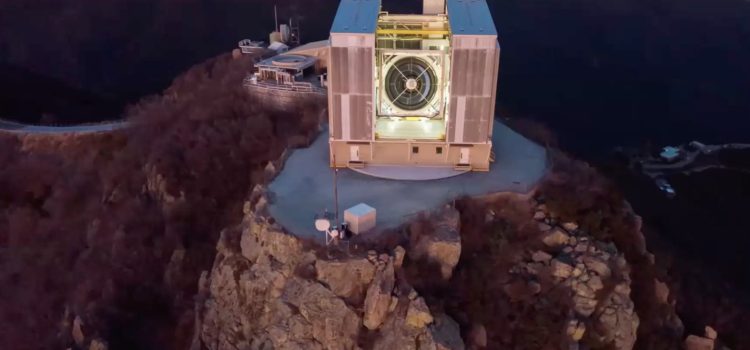
MMT Observatory on Mt. Hopkins by Kali Salmas, astro-tourism in Northern Arizona by Dave Payne.
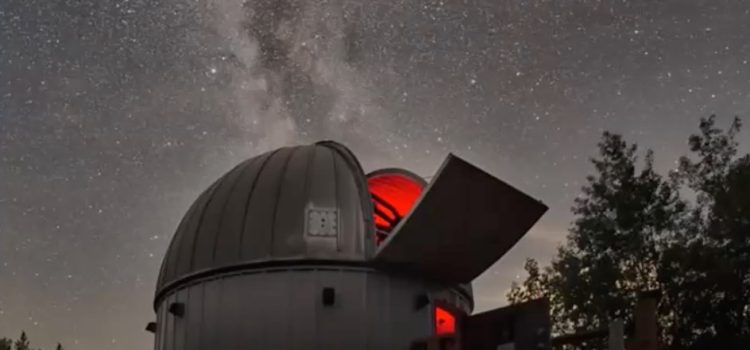
Video transcript of meeting
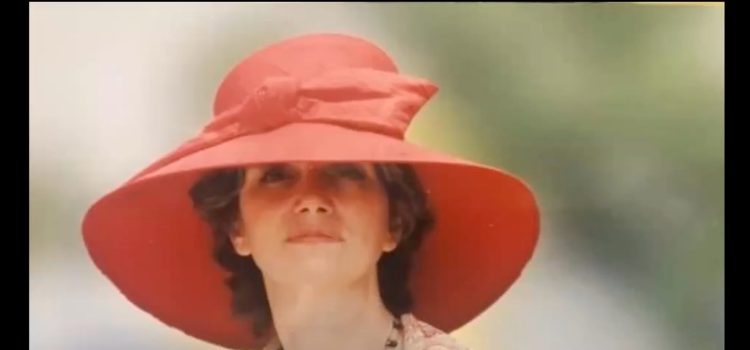
Astrophotography by Dave Payne, memories of Barbara Lane 1955-2024, Crescent Moon of Ramadan, They Promised Her the Moon – a local play, RASC Victoria Discord server, Galaxies at the Dawn of Time with JWST – Dr. Leonardo Ferreira presentation at UVic.
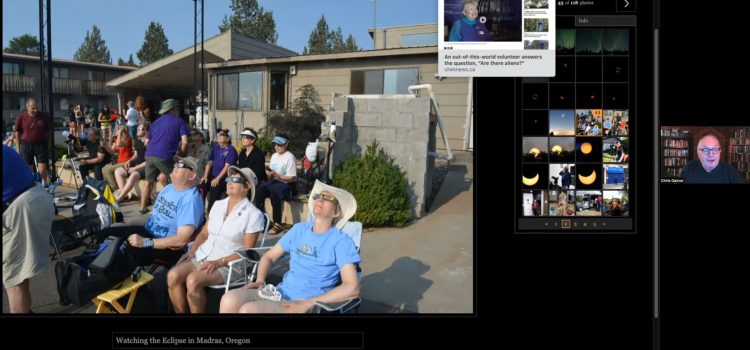
2024 Total Solar Eclipse (TSE) Information and Discussion, social dinner and events.
Certificates of Recognition and Excellence for 2023 Congratulations to all the award winners who were announced at the RASC Victoria Centre Annual General Meeting held Feb 12, 2025! Chris Purse – Certificate of Appreciation – Since the outbreak of the
Video transcript of meeting Next Astro Cafe – March 4th – none for the rest of February
Meeting transcript video Next Astro Cafe – Feb 5th, then none for the rest of the month. Monday, March 4th will be the next Astro Cafe after Feb 5th.